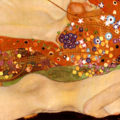“The painting was cataloged as lost, likely destroyed during the war. Its reappearance on the market was completely unexpected.”
—im Kinsky
“Klimt probably began the painting in May 1917. The painter chose a three-quarter portrait for his depiction and shows the young woman in a strictly frontal pose, close to the foreground, against a red, undefined background. A cape richly decorated with flowers is draped around her shoulders.”
—Jo Lawson-Tancred
After having been presumed lost for nearly a century, one of Gustav Klimt’s finest portraits is heading to the auction block in Vienna.
Created in 1917, Klimt’s Portrait of Fräulein Lieser disappeared from public view after a 1925 exhibition.
Now, the recently rediscovered painting is expected to realize between 30 million euros ($32 million) and 50 million euros ($54 million) when sold this April with Austrian auction house im Kinsky.
“A painting of such rarity, artistic significance and value has not been available on the art market in Central Europe for decades,” said im Kinsky in a statement.
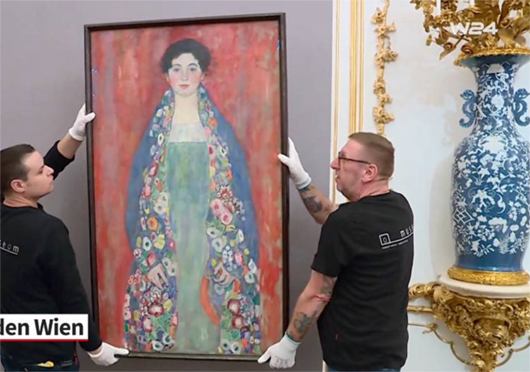
The portrait depicts a young member of the Liesers, a prominent upper-class Viennese family that included industrialist brothers Adolf and Justus Lieser.
While previous catalogs of Klimt’s work describe Adolf’s daughter as the portrait’s sitter, new research suggests that the painting’s subject could be one of the daughters of Justus and his wife Henriette, a prominent arts patron, according to the auction house.
Regardless of her identity, the sitter in 1917 made numerous visits to Klimt’s studio in Vienna. The symbolist painter died the following year from a stroke, leaving the unsigned work in his studio.
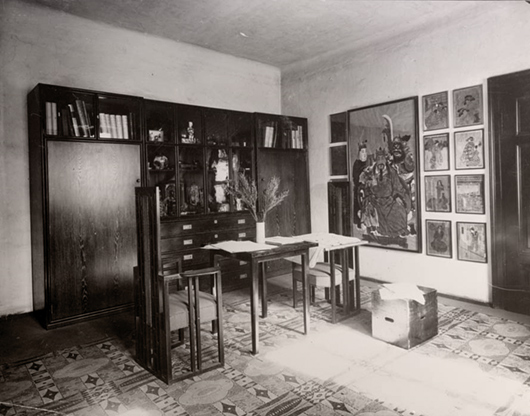
According to the auction house, faint penciled shapes seen on the painting’s background reveal that the artist had potentially planned to further elaborate on the work.
Following Klimt’s death, the portrait was given to the family who commissioned it. Eight years later, it was last seen in a photograph taken in connection with a 1925 Klimt exhibition organized by Otto Kallir for Vienna’s Neue Galerie.
However, its provenance after 1925 remains largely unknown.
The work was thought to have initially ended up in the hands of either Adolf or Henriette, the latter of whom was murdered after being deported to a concentration camp in 1942.
There is no evidence that the work was looted, stolen or otherwise unlawfully seized before or during the Second World War, according to im Kinsky, which noted that the portrait hasn’t been subject to any Nazi-looted art claims.
“What is known is that it was acquired by a legal predecessor of the consignor in the 1960s and went to the current owner through three successive inheritances”
—im Kinsky
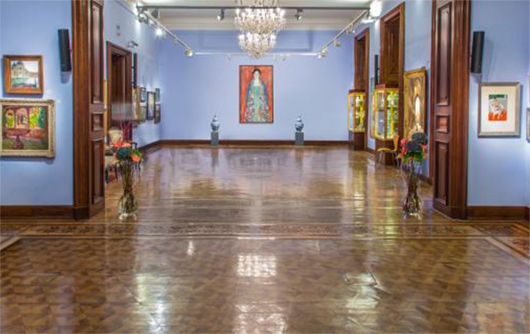
Klimt’s work has fetched staggering sums at auction in recent years. In June of 2023, his Lady with a Fan (1917–18) painting realized $108.4 million at Sotheby’s in London, setting a new auction record for Klimt and becoming the most expensive piece of art ever auctioned in Europe.
The sale followed the $53 million Sotheby’s auction of Klimt’s Insel im Attersee (circa 1901-02) in May of that year.
And Klimt’s previous auction record was established in 2022, when Birch Forest (1903) sold for $104.6 million at a Christie’s auction of the art collection of late Microsoft co-founder Paul Allen.
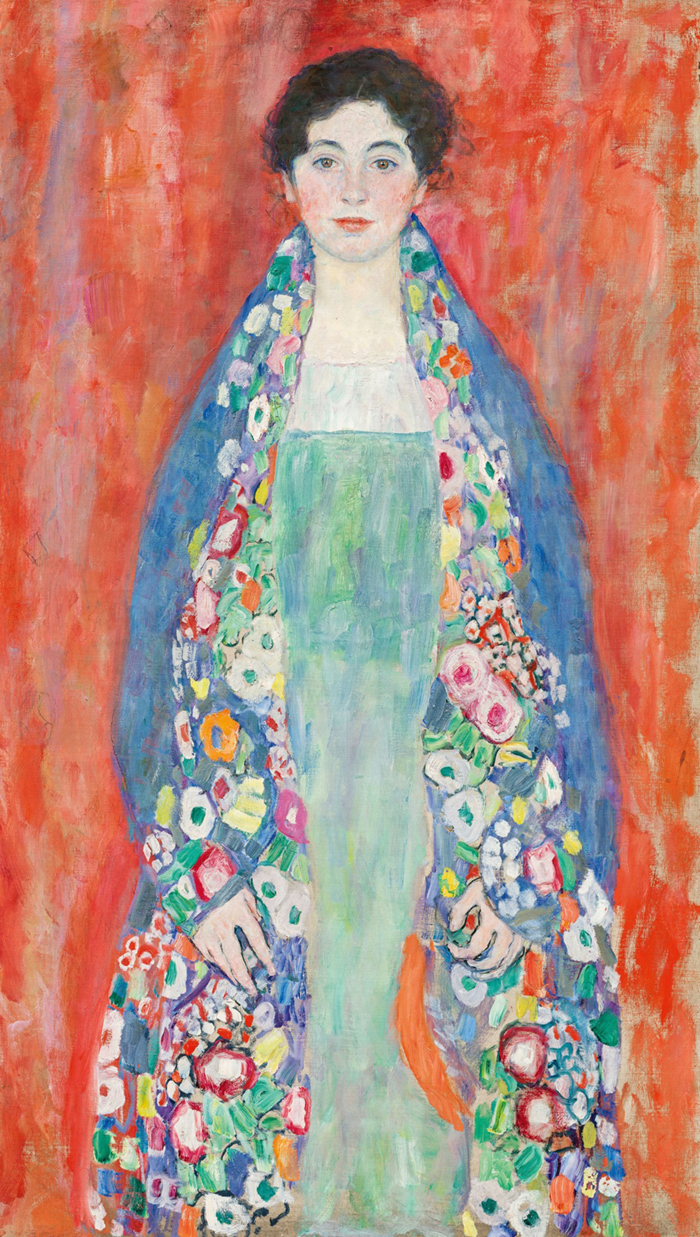
—julija svetlova
Flommist Julija Svetlova is an art historian, freelance researcher and a founder of Neja’s Art Walks, a bespoke provider of art and history-related tours and experiences in London. Julija previously worked as a collection research assistant at the Tate. Copyright © 2024 Julija Svetlova. Additional images: Source and source.
PLEASE SUPPORT FLOMM
TIPS + DONATIONS DISCREETLY ACCEPTED








